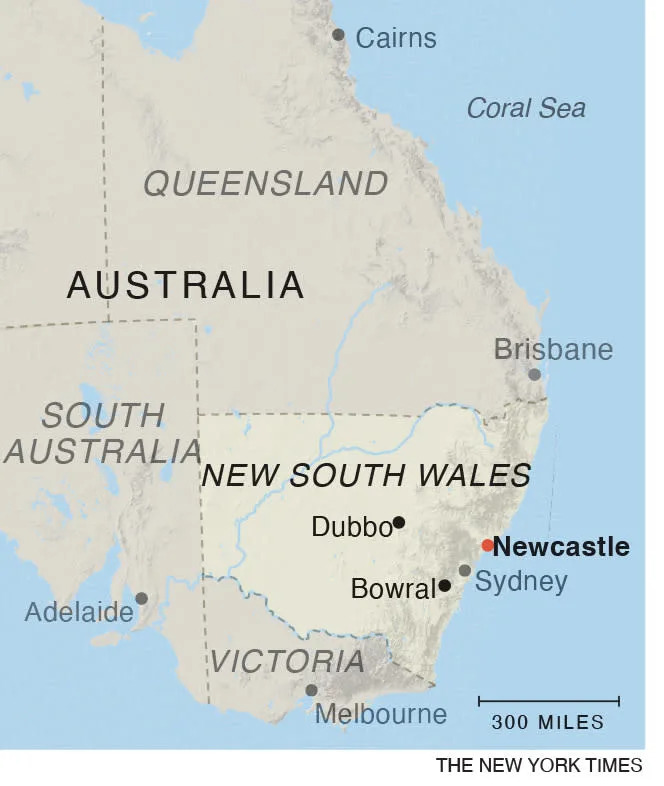The first step is to pour gasoline into the hive. Then you have to wait. The work ends when the hive is burned the next day.
Since last week, this cycle has been repeated near an eastern Australian port, as part of a government effort to protect the country’s multibillion-dollar honey industry.
Millions of bees have been killed to help contain the spread of the deadly Varroa mite, which reappeared in the country last week near the port of Newcastle.
“Australia is the only major honey-producing country that is free of the Varroa mite,” said Satendra Kumar, head of plant protection for the state of New South Wales, where the pest was discovered on Friday. If the Varroa mite takes hold in Australia, she said, it could cost the country’s honey industry more than $70 million a year, in addition to its effect on crops that depend on bee pollination.
The global agricultural industry is already shaken by rising prices for fertilizers, fuel and machinery, as well as supply chain problems caused by the coronavirus pandemic. The Ukraine war is an additional blow.
Authorities have ordered a virtual closure of hives in the affected area of the state. The hives are typically moved from one location to another, a crucial process for Australia’s $15 billion horticultural industry, because they are used to help pollinate crops.
The reddish-brown, sesame-seed-sized mites can spread from bee to bee and through beekeeping equipment, including removed combs. If left untreated, the mites can kill an entire colony of honey bees, according to the government.
Containing the mite is not easy, and even the New South Wales government agency tasked with eradication admits that “it is generally accepted that it is inevitable that Varroa mites will eventually become established in Australia”.
Still, the government is working hard to postpone the inevitable. Previous incursions, in 2016, 2019 and 2020, are considered successfully eradicated, according to the Queensland Department of Agriculture and Fisheries.
One of the biggest challenges in the current containment effort is figuring out the location of infected hives and mapping their spread over a vast region, according to Danny Le Feuvre, acting head of the Australian Honey Bee Industry Council. It is necessary to contain the port of Newcastle and the hives within a radius of 49 kilometers, he explained.
The port is a major shipping destination and one of the world’s busiest coal export hubs.
Feuvre and his team have teamed up with at least 300 beekeepers to visit farms and help authorities with their inspection campaigns. They wash the hives with alcohol and use sticky mats to check if the bees are infected by the mites.
At least 600 hives have been destroyed in the area so far, each containing almost 30,000 bees, he said.
But authorities have found at least nine more places with infections, one of them 378 kilometers away, near the city of Dubbo. Many more bees are at risk of being destroyed in the coming days, Dugald Saunders, the state agriculture minister, said at a news conference Thursday.
“Beekeepers are very nervous right now,” Feuvre said.
Feuvre said he was confident the country would be able to contain the spread, given its history of previous honey bee mite eradication campaigns and strict controls at all airports that prohibit passengers from bringing in live plants, soil, fruit. and vegetables in Australia.
“We have eradicated them all this time,” he said. “We’re going to do the best we can.”

